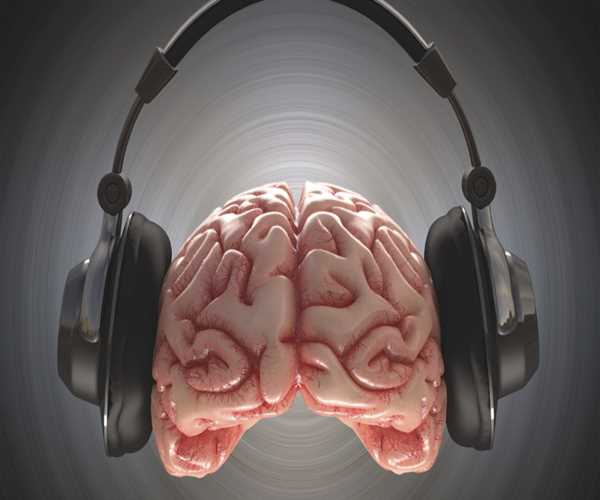
03-Jun-2024 , Updated on 6/3/2024 10:33:04 PM
How does Music help people Heal?
Music has a remarkable ability to affect our emotions, ideas, and even physical well-being. It is a universal language that cuts beyond cultural boundaries and generational boundaries. For millennia, people have utilized music as a therapeutic technique to aid in healing and rehabilitation, in addition to using it for amusement. However, precisely how does music perform its magic? This post explores the various ways that music can promote healing on a physical, emotional, and cognitive level while delving into the science of music therapy.
The Science of Sound: The Brain's Reaction to Music
It's amazing how much our brains light up when we listen to music. Different brain regions linked to emotions, memory, movement, and reward are activated by music. Together, these regions provide a complicated reaction that affects our hormone production, heart rate, and mood. Using this phenomenon, music therapists provide individualized treatments for a range of ailments.
Emotional Recovery: Finding Comfort in Songs
One effective strategy for controlling emotions is music. While soothing melodies can encourage rest and lessen tension, upbeat music can enhance mood and reduce stress. Music can offer a stable environment for people managing trauma, grief, or loss to express and process their painful emotions. Singing alongside or making music yourself may be a therapeutic pastime that allows people to discover comfort and release repressed emotions.
Physical Healing: The Motivating Power of Music
The strength of track transcends the emotional area. Research has indicated that track has a useful impact on one's physical well-being. Positive music can increase someone's capacity to tolerate discomfort and hold them encouraged in the course of physical therapy sessions. Additionally, it is able to control blood strain, breathing, and heart rate, which facilitates relaxation and accelerates the healing system. Music remedy can be a beneficial device for people with chronic pain or undergoing rehabilitation to manipulate their discomfort and enhance their remedy effects.
Benefits to the Brain: Music and Memory
A key thing of memory function is music. Even for those suffering from dementia or different forms of cognitive impairment, acquainted tunes can elicit robust memories. Enhancing cognizance and concentration, reminiscence take into account, and cognitive function are all feasible with the resource of tune remedy. Additionally, those with neurological disorders can benefit from the usage of rhythmic song to enhance their motor abilities and coordination.
Social Connection: Music's Unifying Power
Music possesses a unique electricity to promote social interplay. Through shared musical reports, members in institution song therapy periods can establish connections with each other. Those who struggle with social isolation or verbal exchange issues may find this particularly helpful. In addition to encouraging social engagement and reducing feelings of loneliness, track therapy can foster a feel of community and belonging.
In Practice: Customized Methods for a Range of Needs
A tailored solution, music therapy is intended to meet the requirements and objectives of each individual. The following are some methods that music therapists frequently employ:
- Listening to Music: Whether the goal is to improve memory, promote relaxation, or manage pain, therapists create playlists tailored to achieve that goal.
- Songwriting and Improvisation: Making music gives people a safe and creative outlet to explore their feelings.
- Movement to Music: Moving to the sounds of music enhances coordination, motor abilities, and general well-being.
- Music and Imagery: Playing certain songs to conjure up certain images might help people relax, encourage constructive self-talk, and deal with difficult emotions.

CONTENT WRITER
Writing is my thing. I enjoy crafting blog posts, articles, and marketing materials that connect with readers. I want to entertain and leave a mark with every piece I create. Teaching English complements my writing work. It helps me understand language better and reach diverse audiences. I love empowering others to communicate confidently.
Join Our Newsletter
Subscribe to our newsletter to receive emails about new views posts, releases and updates.
Copyright 2010 - 2025 MindStick Software Pvt. Ltd. All Rights Reserved Privacy Policy | Terms & Conditions | Cookie Policy